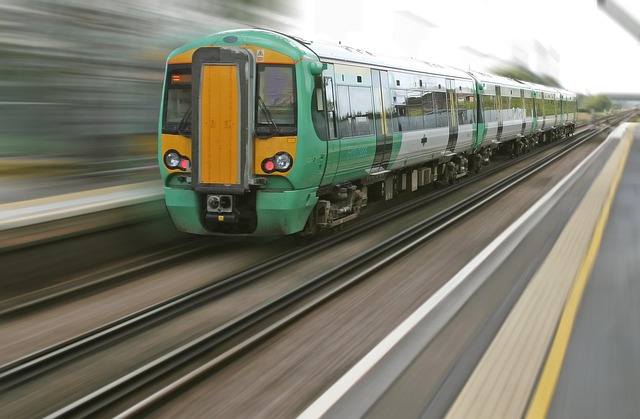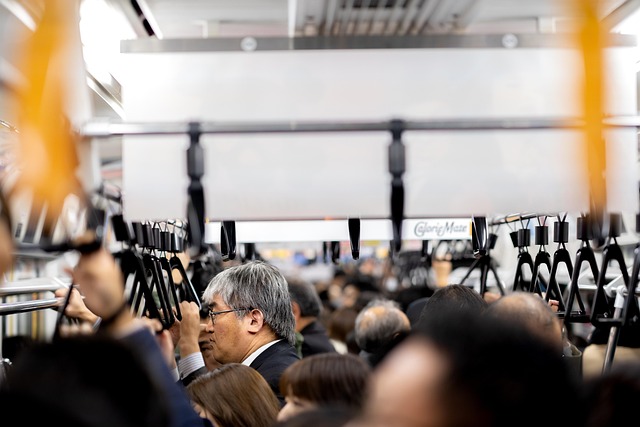Walkable neighborhoods are becoming a top priority for home buyers, significantly influencing real estate values and market trends. The demand for properties in convenient, sustainable locations with easy access to amenities is driving up prices and speeding up sales. This shift reflects a growing preference among younger generations for environmentally friendly living. Developers and property owners can capitalize on this trend by investing in walkability, which promotes health, reduces environmental impact, increases community engagement, and enhances property appeal over time. Successful examples like Amsterdam's historic center and Seattle's Capitol Hill showcase how walkable communities foster economic vibrancy and sustainable local economies.
In today’s evolving urban landscape, the demand for walkable, eco-friendly neighborhoods is on the rise. These communities not only enhance residents’ quality of life but also significantly impact real estate markets, with walkability boosting property values and appealing to environmentally conscious buyers. This article explores how sustainable design, community engagement, and green spaces can create thriving, walkable neighborhoods while examining successful global initiatives and providing strategies for urban planning that foster both ecological consciousness and a strong sense of community.
The Impact of Walkability on Real Estate Value

Walkable neighborhoods are rapidly becoming a top priority for home buyers, significantly influencing real estate values. The appeal of being able to access amenities, services, and entertainment on foot has created a demand for properties situated in such areas. According to recent studies, homes located within walkable districts often command higher prices and experience faster sales compared to those in less accessible neighborhoods. This trend is driven by the growing preference for sustainable living, where reducing car dependency becomes a key factor in real estate decisions.
As cities embrace eco-friendly initiatives, investing in walkability can pay off substantial dividends for developers and property owners. By designing neighborhoods that prioritize pedestrian access, residents enjoy improved health benefits, reduced environmental impact, and enhanced community engagement. Such areas tend to foster a sense of closeness among neighbors, boosting the overall quality of life and making properties more desirable in the long term.
– Discuss how walkable neighborhoods boost property values and appeal to buyers

Walkable neighborhoods are increasingly becoming a key factor in real estate, as buyers seek locations that offer convenience and sustainability. The appeal of being able to navigate your daily commute by foot is not only attractive but also has significant financial implications. Property values in well-developed, walkable areas tend to be higher due to the demand for these desirable neighborhoods. This trend is particularly noticeable among younger generations who prioritize environmentally conscious living and value accessible amenities.
Real estate investors and developers recognize this shift, leading to a growing focus on creating vibrant, eco-friendly communities. These neighborhoods often become hotspots for buyers seeking not just a place to live but a lifestyle that aligns with their values. The positive impact extends beyond individual homes; it contributes to the overall health and vitality of local economies, fostering a sense of community and reducing environmental footprints.
– Provide examples of areas known for their high walkability and its resultant economic benefits

In urban planning, walkability is a key factor that significantly impacts both the quality of life and economic vibrancy of neighborhoods. Areas like Amsterdam’s historic center, known for its charming cobblestone streets and compact layout, exemplify successful walkable communities. Tourists and locals alike navigate through narrow lanes, enjoying a rich blend of cultural experiences, from historic architecture to diverse shopping options. This pedestrian-friendly environment fosters a bustling atmosphere, driving economic growth without relying heavily on motor vehicles.
In the realm of real estate, walkability attracts businesses and residents alike. For instance, Seattle’s Capitol Hill neighborhood is renowned for its high walkability, offering easy access to various amenities, restaurants, and cultural hotspots. This walkable environment has led to a thriving local economy, with property values reflecting its desirability. Businesses benefit from increased foot traffic, fostering a sustainable and prosperous community where residents can fulfill their daily needs without extensive car journeys, thereby reducing environmental impact.






